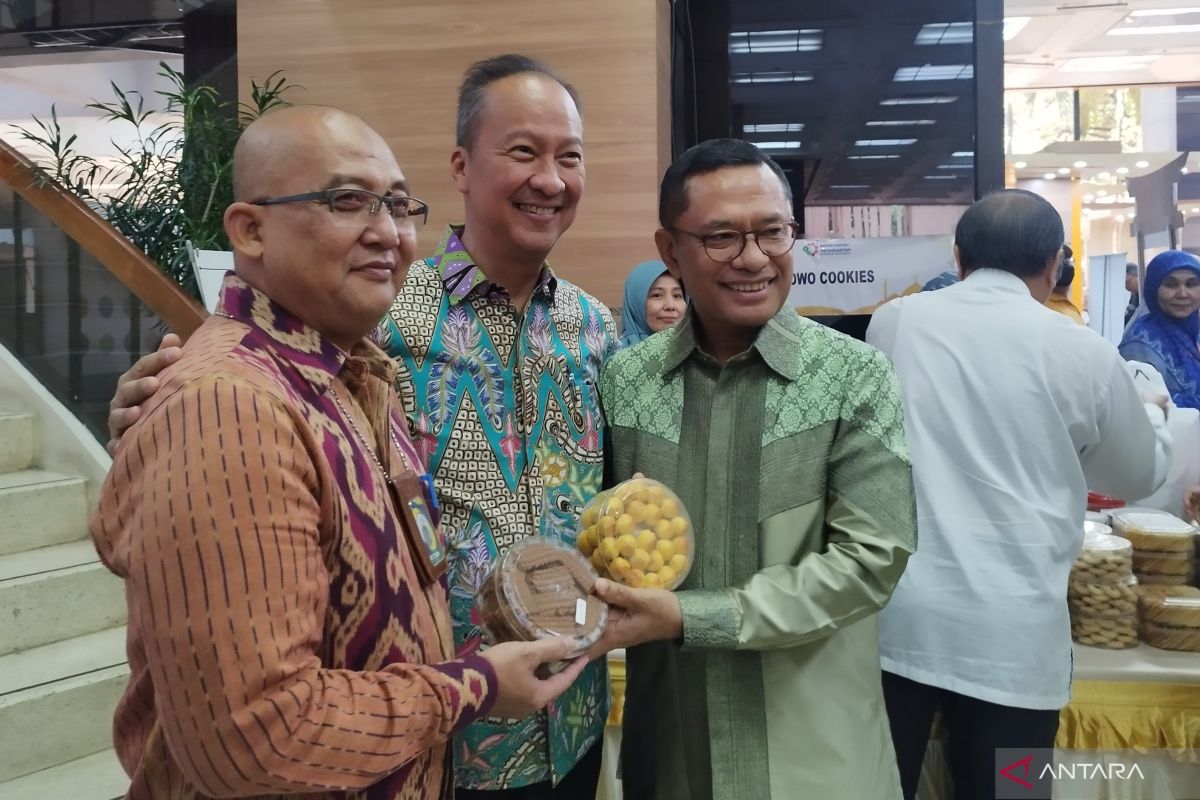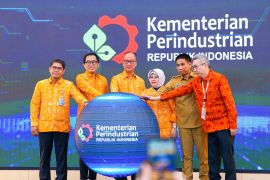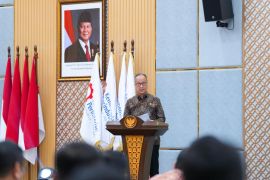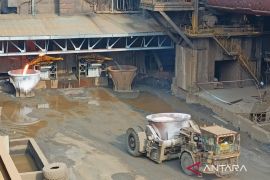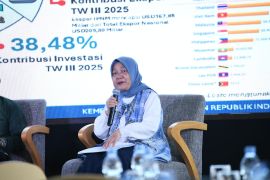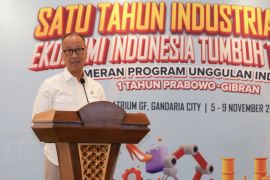According to the minister, Indonesia has 5.5 million hectares of sago land, with the potential to produce 34.3 million tons of sago starch.
"The government is currently trying to meet food needs from alternative sources. There are many alternative sources, especially sago, which has the potential to be developed as an alternative food source of main carbohydrates," he remarked on Monday.
Apart from being an alternative main food ingredient for the community, sago analog rice is also considered healthier since it contains high resistant starch content as well as a low glycemic index to prevent diabetes, Kartasasmita explained.
To support this endeavor, his side always coordinates with relevant ministries and institutions (K/L) to meet the raw material supply needs.
"We will prepare the supplier for raw sago to be able to be used by industries," he stated.
Related news: Researchers create rice-like food product
On March 8, the ministry's Director General of Agro Industry, Putu Juli Ardika, remarked that in 2023, his side had collaborated with several large industries focusing on sago starch production to increase their production utilization.
"Utilization of national sago starch industry production is currently still very low, namely below 30 percent. This is a result of the industry's limitations in obtaining raw materials for sago pith," Ardika remarked.
Hence, the government is working with the sago starch industry to develop an industrial business model using wet sago produced by micro, small, and medium enterprises (MSMEs) as raw material in the industry.
MSMEs' use of wet sago is considered capable of slowing down the oxidation process that can widen the range of industrial raw materials and provide added value to sago farmers.
Related news: Government continues to secure rice reserves: minister
Translator: Ahmad Muzdaffar F, Resinta Sulistiyandari
Editor: Yuni Arisandy Sinaga
Copyright © ANTARA 2024
